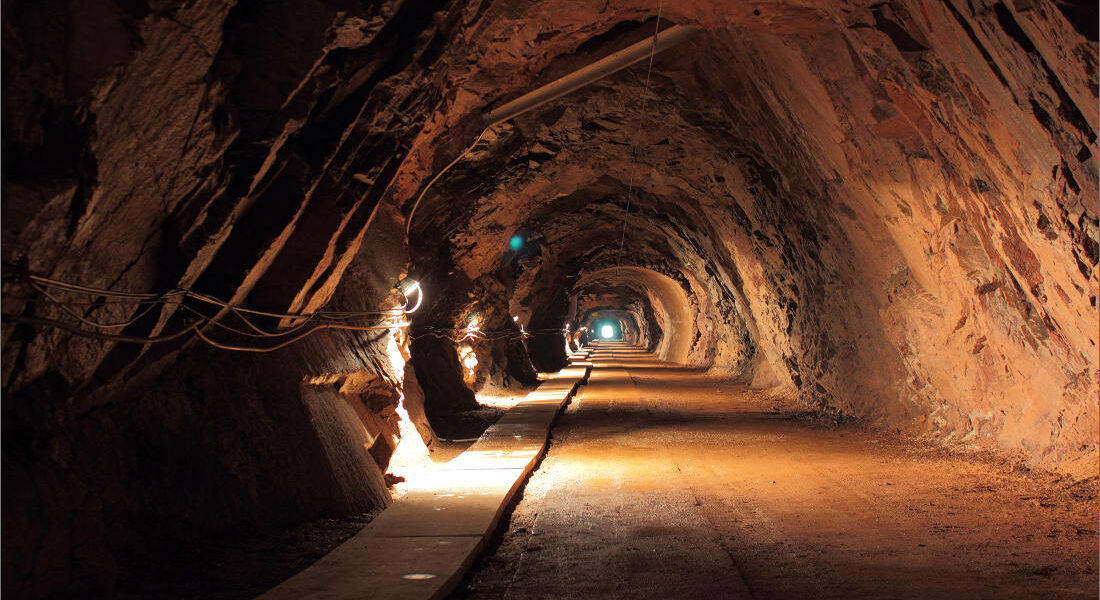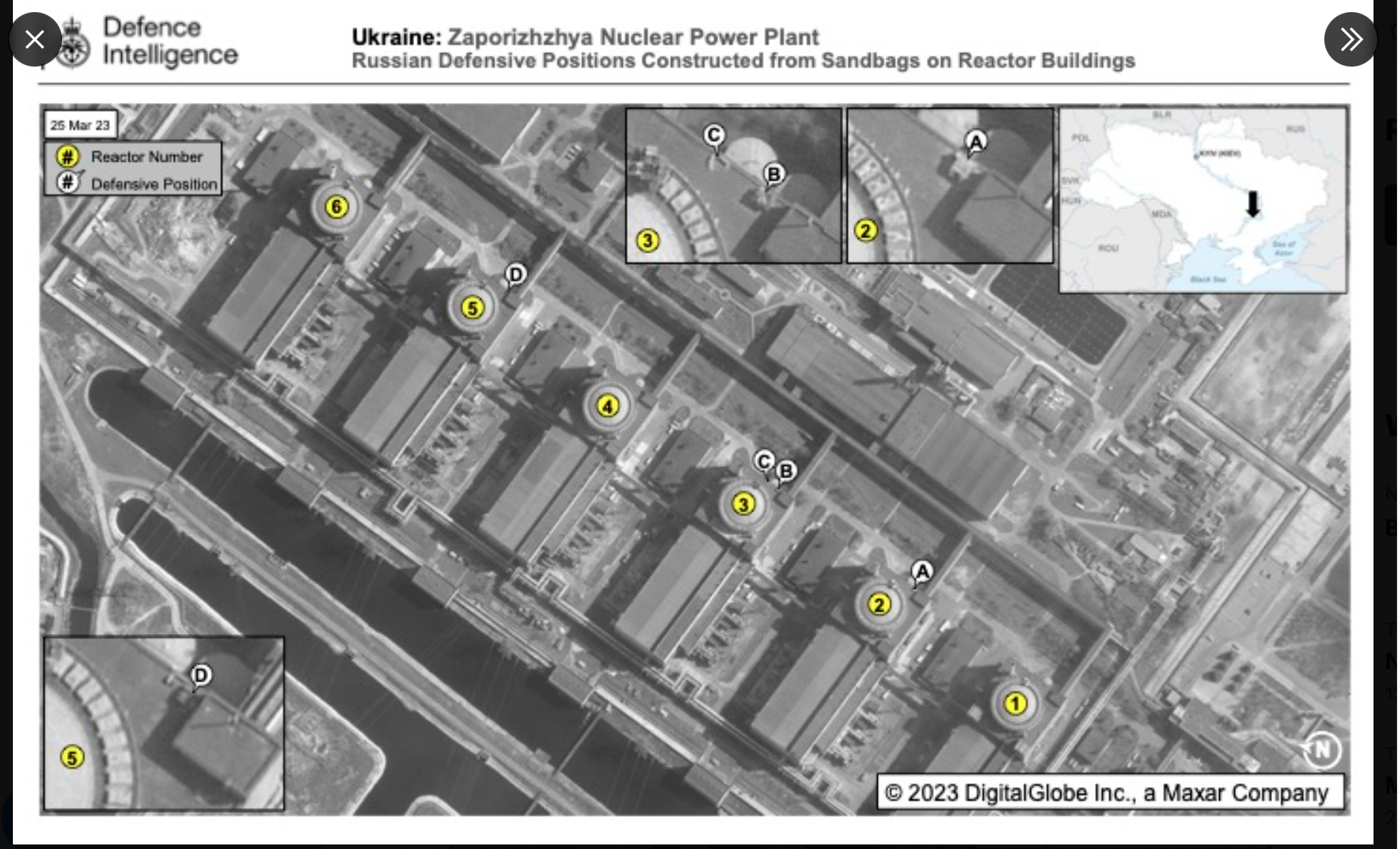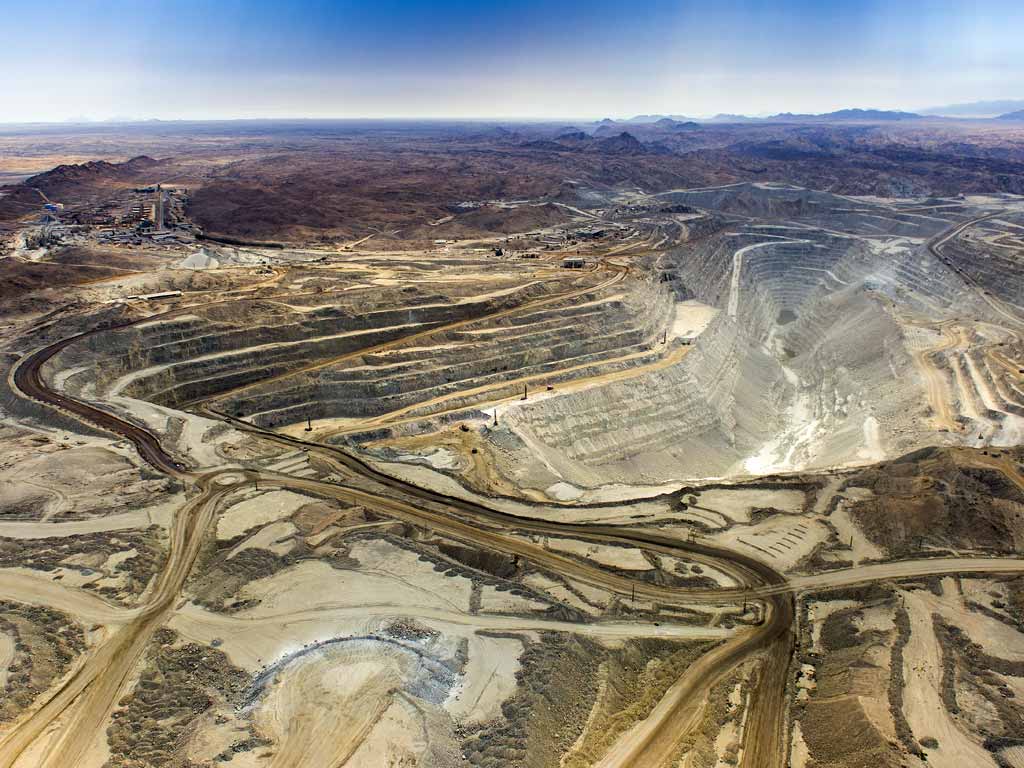
The invasion of Ukraine by Russia has profoundly altered the global nuclear market. Western allies who have relied on Russia’s low-cost uranium are seeking alternative sources due to self-imposed sanctions, which means avoiding new contracts with Russian suppliers.
In a deep-dive interview, Dustin Garrows, a leading expert on uranium and nuclear energy, delves into the substantial shifts occurring in the uranium market. According to Garrows, the U.S. is encountering challenges in securing uranium supplies, with some traditional sources becoming increasingly unstable.
A uranium market with security implications never seen before
The uranium market used to be dependent on longer-term contracts to fuel their multi-billion dollar plants, assured of a steady supply. Garrows explained that in the era post-World War II, there was an overproduction of uranium that continued until the 1970s. As a result, government and commercial entities held significant uranium inventories. These stockpiles, he said, would often re-enter the market when prices rose, effectively dampening increases.
“We’ve had 35 years of inventory drawdown and those who understand basic economics know that, at some point, your stockpiles get down to a level that changes their nature and their effect on the market. It was interesting because in late 2022, fairly recently, one of the long-time industry consulting firms, UX, had just finished a comprehensive study of global uranium inventories and they concluded that the era of excess inventory is over.”
The inventory levels, Garrows said, are still high, estimated to be around 1.7 billion pounds, which is effectively 10 years of current requirements.
“More than half a billion pounds of uranium are held by the Chinese now.”
Russia was a dependable source of uranium, but U.S. utilities want to diversify
“I have been told by a number of utilities that if they were looking for a long-term contract, the Russians would always show up at a lower price. So, you could kind of, let’s say, harvest as much Russian material as you wanted at a low cost. Not surprising.”
Before the invasion, the United States was buying 25% of its nuclear fuel from Russia, with the EU even more reliant due to Eastern European countries’ dependence on Russian-designed reactors and Rosatom for their fuel.
Now, Garrows said, there is a desire to diversify, and the European Union’s Euratom Supply Agency requires it. Initially, after the Russian invasion of Ukraine, there were no formal sanctions, but “the utilities started to self-sanction,” by avoiding new contracts with Russian suppliers while continuing to honour existing ones. This move, Garrows said, bifurcated the market, with Western utilities starting to seek alternative suppliers.
This strategic shift resulted in a significant reduction in Russian market share, which now primarily serves China, India, the Middle East, and some Asian and South American countries.
Major nation-states, including Russia, China, South Korea, Japan, and Middle Eastern countries, Garrows noted, are increasingly investing in future uranium production for security of supply. Chinese delegations, for instance, he said, have been actively seeking uranium supplies in Australia and Brazil, reflecting a strategic focus on securing long-term resources.
4-5% growth forecast in nuclear energy, doubling or even tripling nuclear capacity
The demand picture for nuclear energy and uranium, according to Garrows, has shifted dramatically. Countries that were previously planning to phase out nuclear power, like South Korea and France, have reversed their decisions.
“The Chinese are stockpiling based on their plans to eventually go to 400 gigawatts of nuclear by 2050 and they still have a ways to go on that. But, they realise uranium is something that’s difficult to locate. It’s hard to develop mines. They can build services like conversion and enrichment, but have to have the basic uranium.”
According to Garrows, the uranium supply sector, which has been reducing input, is now under pressure to increase production. This has led to some mines, like Langer Heinrich in Namibia and Boss Energy’s ISR mine in Australia, restarting, as well as MacArthur River in Canada, but he says more production is needed. UX reports indicate that a significant increase in uranium production is necessary to meet future demand.
An additional complication for the United States is a recent ban on Russian-sourced nuclear fuel starting in January 2028, requiring new uranium production sources and higher costs.
U.S. challenges to secure uranium supply: Traditional sources unstable, skills shortage
The US, Garrows says, is facing challenges in securing uranium supply as traditional sources become unstable.
“There are sufficient projects in Namibia, Canada, and Australia, but it will take time to develop those projects.”
The NextGen Rook project in Canada aims for production by the end of the decade, but additional large projects are needed to meet demand. The industry also faces a shortage of experienced personnel, as many skilled professionals have left the sector.
“We’ve had an industry that was undercapitalised for quite some time, so we lost expertise. Those uranium geologists and mining engineers and process engineers are not widely available and that’s being discussed more and more. Where are we going to get the experienced people? The European utilities just had a conference and Sweden and France asked, where are we going to get the reactor operators and the nuclear engineers because people haven’t been coming into the business. So, the people side really needs significant focus.”
Additionally, utilities are scrutinising the uranium suppliers more closely, emphasising experience to ensure it is not just a mining group that produced iron or other minerals but who realise that uranium is a different strategic mineral.
Ultimately, Garrows says, the supply availability translates into higher prices for uranium.
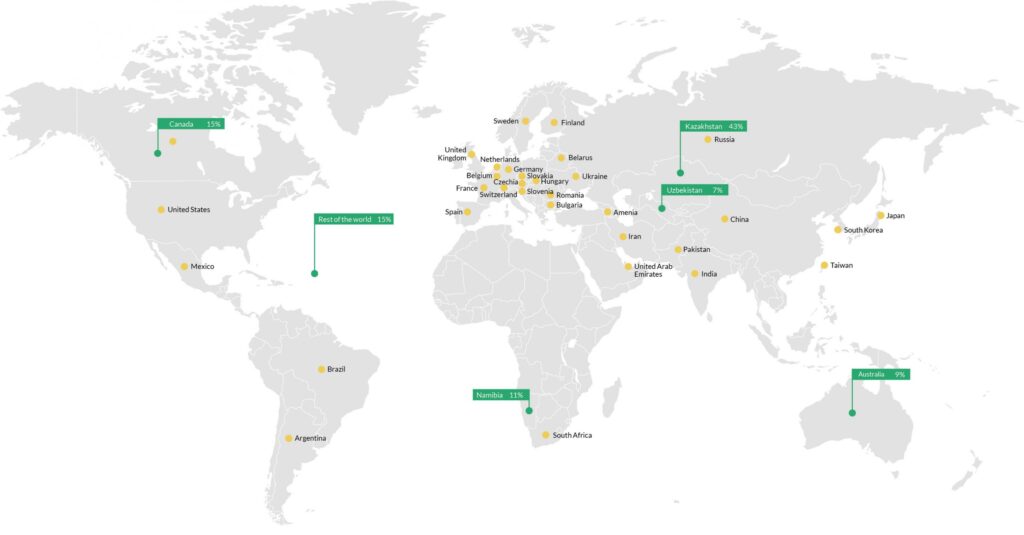
High-tech industry and data centres driving the demand for SMRs
Small Modular Reactor (SMR) projects, says Garrows, are seen as a promising solution to replace decommissioned coal plants, addressing the need for cleaner energy sources.
A study by the U.S. Department of Energy (DOE) in October 2022 examined the potential for nuclear expansion in the U.S. Given the challenges and delays experienced by large nuclear projects like the Vogel units, the DOE explored the feasibility of using SMRs at 250 decommissioned coal plant sites. The study concluded that SMRs could provide up to 90 gigawatts of replacement power, effectively doubling the U.S. nuclear production capacity.
“New demand is driven by the high-tech industry, and they’re coming in and want to connect directly to reactors, not through the grid. They want to co-locate these [data] centres, and they’re moving forward in agreements, and then eventually move to SMRs as the power source,” said Garrows.
This trend is accelerating the recommissioning of nuclear power plants that were previously decommissioned, such as Palisades and Duane Arnold.
“Amazon’s putting $50 billion in the data centres all over the world, in Taiwan, Japan, you name it. So, that’s a factor that we hadn’t even considered, but the utilities are all now being approached by this non-utility group. Now, the utilities tend to act more slowly, take some time, but these guys are saying, nope, we want to move forward as quickly as possible,” he said.
There are 60 to 70 technologies in the SMR market, but Garrows said the market is starting to weed out the more likely candidates. Companies like Rolls-Royce are making significant advancements.
According to Garrows, “we’re going to end up with seven or eight technologies that are going to move forward and they’re going to become the bedrock of the SMRs. Not that the other ones won’t come along eventually, but I think we’ll see those moving quickly. You’re going to start seeing the construction, they’re going to be in operation post-2030.”
Gates’ TerraPower: “As a sigh-tech guy, he is not waiting around”

Bill Gates, Garrows noted, believes in nuclear as part of the solution going forward.
The TerraPower Group did their evaluation and determined that the Naughton Power Plant, a coal-fired power plant in Kemmerer, Wyoming, right across the border from Idaho, is the logical site for their first SMR, he said.
“It was supposed to be operational in 2030, but they anticipated a couple of years of delay due to fuel sources. However, they’ve started construction on the non-nuclear component and have filed for an NRC licence for their version of the SMR…As a high-tech guy, he’s not waiting around.”
Only one company, NuScale, has received an NRC licence, but Gates is saying, “Hey, we’re going to start moving on this project. So when we get the licence, we can put the nuclear component into the plant.”
Namibia: A key player
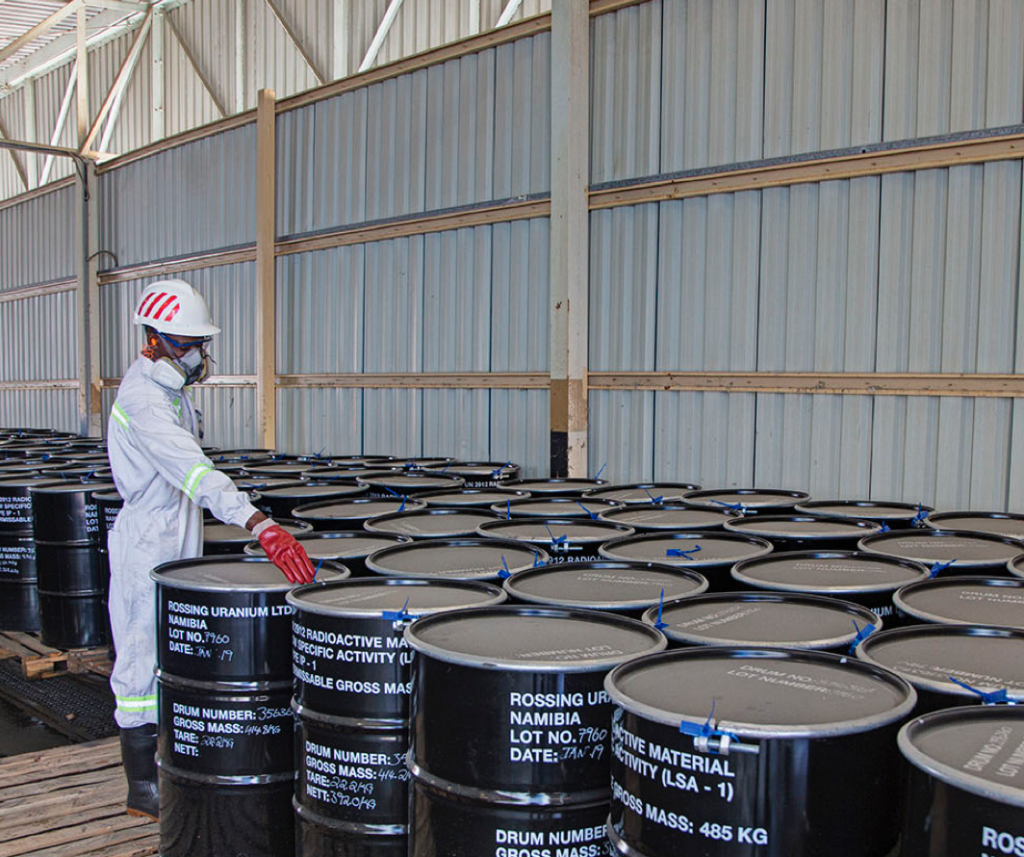
Namibia, Garrows remarked, stands out as a key player, with its supportive government and promising projects ensuring continued contributions to the global uranium supply.
“In Namibia, there are several non-Chinese uranium projects. Bannerman Energy is working on the Etango project, and I am involved with Deep Yellow. The government is very supportive and keen to see more uranium operations. The Russians have an in-situ recovery (ISR) project in eastern Namibia called Wings, but they are facing issues with water availability, which is crucial for ISR operations.”
The involvement of diverse international players, including China, Russia, and Western nations, in Namibia’s uranium sector underscores its strategic importance.
Unlike some other countries, Namibia allows multiple international players to develop its uranium resources, said Garrows.
“For example, when Rio Tinto exited, the Chinese bought Rossing and also invested in a 25% stake in the Langer Heinrich project to support their future commercial nuclear programme. However, Namibia has not been exclusive to China, maintaining a balanced approach to its uranium industry.”

